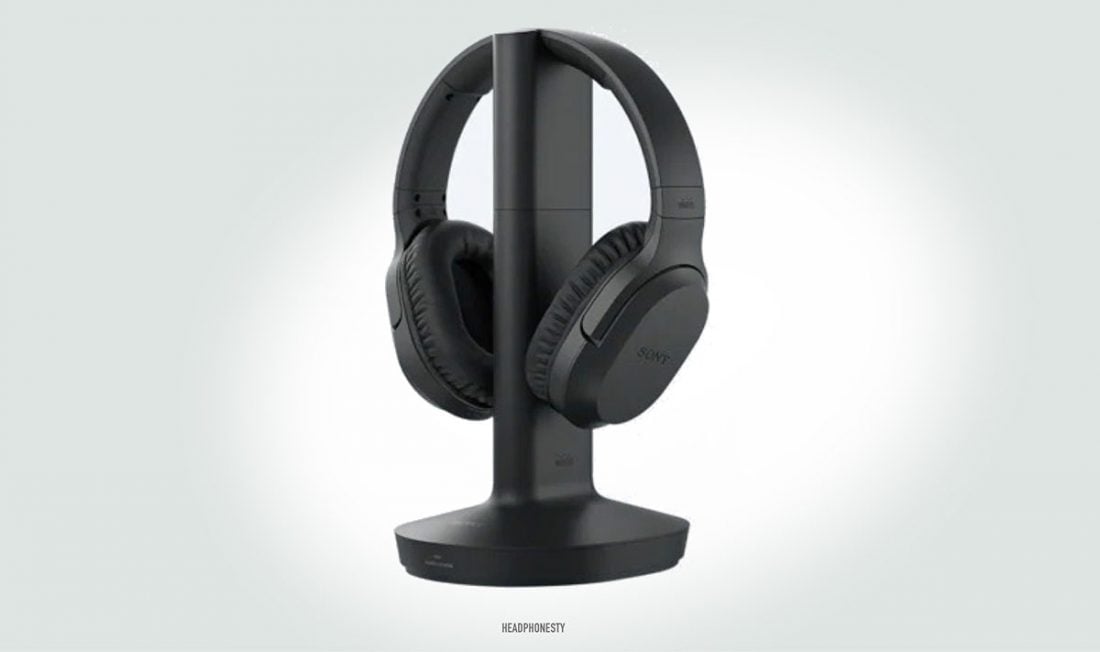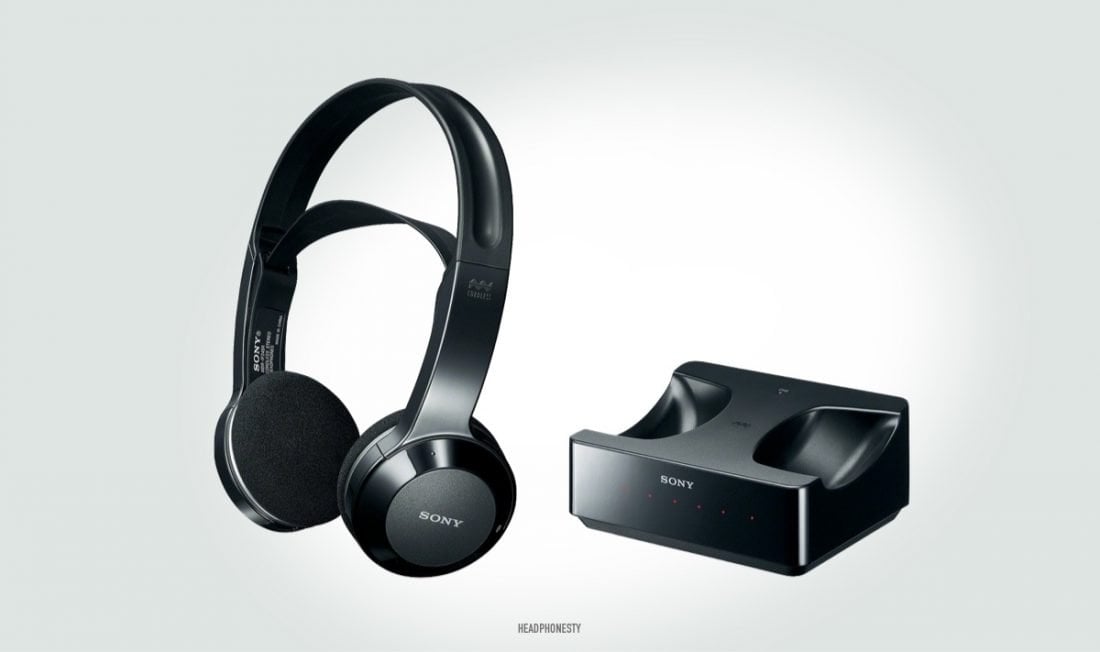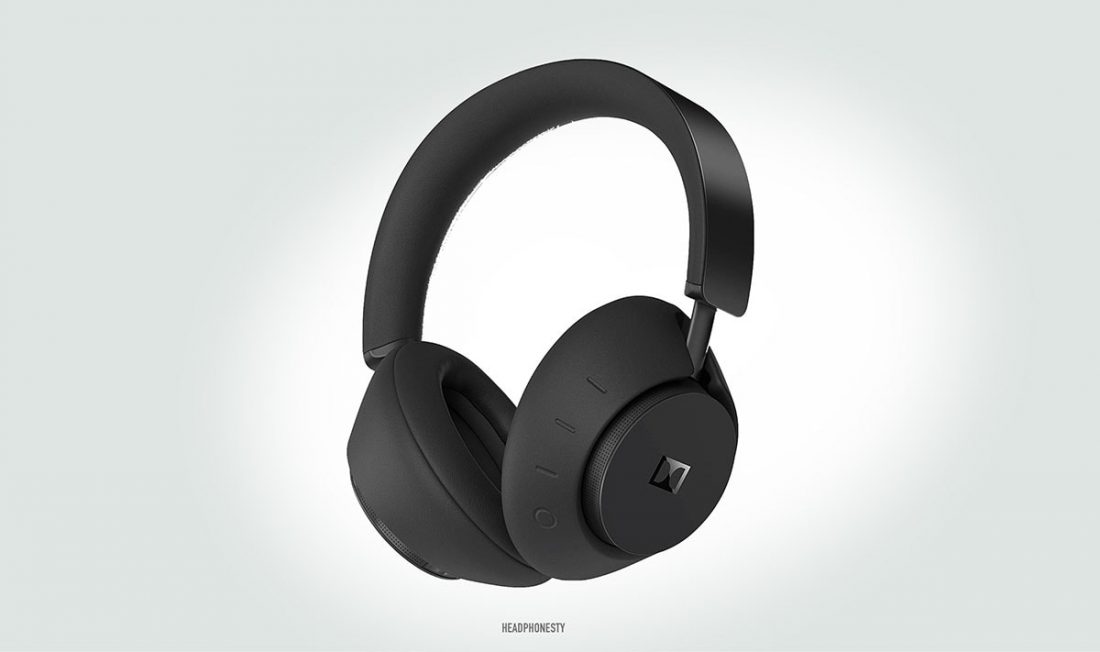Do you like to watch TV late at night but often have to listen to your favorite movies at 30% volume so you don’t bother others trying to sleep? Perhaps you want to block out the noise of your surroundings while catching up on Stranger Things, then a pair of wireless TV headphones could be just what you need. This way, you get to enjoy your TV at a comfortable volume without waking the neighbors or disturbing the person sleeping next to you.
What Are Wireless TV Headphones?
As the name suggests, they are wireless headphones that you can connect to your television that allow you to fully immerse yourself into a show or movie on your big screen without disturbing the people around you. Wireless headphones boast several advantages compared to their wired counterparts. For one, there’s no worry about the cord getting all tangled up, or getting caught on the edge of your couch when you lean back to get comfier. Plus, they are equipped with a much wider coverage range so you can enjoy your TV viewing experience without having to sit too close to the screen.
3 types of wireless TV headphones
Apple, Google, and Samsung have already gotten rid of the headphone jack, so it’s probably safe to assume that wireless headphones are the way of the future, not just for your mobile devices but also for your TV. There are three main categories when it comes to wireless headphones for TV: By the end of this article, you should know enough about the pros and cons of each type so you can make the right choice.
How Do Wireless TV Headphones Work
These wireless TV headphones work pretty much the same way as other wireless headphones. Two components — a wireless transmitter and a wireless receiver are required to establish a wireless connection. The transmitter transmits digital audio signals to the receiver which converts them into the sounds that you hear in the headphones. The good news is that you can connect your wireless headphones to any TV even if it doesn’t have a built-in wireless transmitter.
Radio Frequency Headphones
RF headphones transmit sound from your TV using a stereo frequency modulation system. These wireless electromagnetic signals can range from 3 kHz to about 300 GHz, although most types of wireless headphones use 2.4 GHz RF technology, which boasts a remarkable wireless range of up to 300 feet (~ 91 meters). RF headphones usually come with an RF transmitter or docking station and can often require RCA audio cable and 3.5 mm-to-RCA adapter cable to establish a connection with your TV. To avoid damaging your system, make sure all the parts are turned off before you make any connections.
Is Using RF Safe?
The short answer is yes, using RF headphones is safe! There are no conclusive long-term studies that prove that exposure to radiofrequency causes cancer. It’s no secret that some radiation can be harmful to some parts of your body like your brain. Radiofrequency is a form of electromagnetic radiation, so you’re wondering just how safe it is to use RF headphones, especially since they will be on your head for long periods. The key thing to consider in this instance is whether the RF from the headphones contains ionizing or non-ionizing radiation. The former carries a large amount of energy than can significantly affect DNA, which is why it is usually located in X-ray machines, nuclear explosions, or sun rays. Thankfully, RF is located at the low-energy end of the spectrum, which means it has non-ionizing radiation. This makes it extremely unlikely to damage your brain, not to talk of causing ailments.
Benefits of RF TV Headphones:
Wireless freedom
RF signals are not blocked by walls or ceilings so you can use your RF TV headphones in a different room from the audio source
Wider compatibility
The RF transmitter in a wireless headphone connects to any sound device that has an RCA audio output or a headphone socket. This makes it a great choice if your TV doesn’t support Bluetooth.
Easy Set-Up
RF headphones only require an analog audio output to connect to any audio device.
Drawbacks of RF TV Headphones:
Susceptible to Interference
This interference can originate from any device within the area that produces electromagnetic signals, like radios, phones, radio transmission towers, and even microwave ovens.
Limited design choices
Compared to other wireless headphone categories, like Bluetooth, there are fewer RF headphone designs. You can find over-ear or on-ear RF headsets, but you will hardly come across RF earphones. Of course, we’re only analyzing headphones here, but it’s still good to know.
Infra-red Headphones
These headphones use what is known as line-of-sight technology, meaning you must be lined up with the transmitter (within line of sight) in order to receive sound from your TV. At its core, infrared technology comprises light-emitting diodes that utilize a focused beam of pulsating, invisible light from your TV to the headphones.
Benefits of IF TV Headphones:
Zero Interference
Infra-red headphones are not affected by other radio transmissions so there is no interference or static during use.
Amazing Sound Quality
Infra-red headphones, especially higher-end ones, are capable of producing sound that can match the one produced by high-quality wired headsets.
Privacy
Infra-red TV headphones afford more privacy since it creates a single connection, so you don’t have to worry about your housemates or neighbors tuning into the same band on their own wireless headsets, especially if you are watching something you don’t want anyone else to watch.
Drawbacks of IF TV Headphones
Clear Line of Sight Required
For a connection to exist, your IF wireless headphones must be in an unobstructed line of sight with the IF transmitter on your TV.
Limited Range
With an approximate range of only 10 meters, you will need to sit close to the TV if you want to use your IF headphones.
Bluetooth Headphones
Bluetooth was named after the famous Viking and Danish King, Harald Blåtand Gormsen, who was renowned for uniting the tribes of Denmark into a single kingdom and his ability to help people communicate. This was actually the idea behind its nomenclature as the idea behind the technology was that it would unite devices and enable them to communicate with each other wirelessly. Blåtand loosely translates to Bluetooth in English. The simplest explanation for how BT headphones works is that the audio is continuously transferred from a paired transmitter (in the TV) to a paired receiver (headphones). It operates in the frequency range of (2.402 -2.480GHz) and the devices can sometimes randomly hop between frequencies to avoid interference with other devices that may use a similar bandwidth. If your TV does not have built-in BT capability, you can get an external Bluetooth audio adapter and pair with your BT headphones. Moreover, these Bluetooth adapters also work with gaming consoles like Nintendo Switch, and with Xbox One.
Different Versions of BT
Bluetooth technology has progressively improved over the years with newer iterations that can support more features and profiles. It’s easy to get confused in the terminology for the various versions, so here’s a brief breakdown of the current most used three But for a more detailed guide, check out our article on the different Bluetooth versions.
Bluetooth 4.1 (Released in 2013)
This version facilitated more efficient data rate transfers and maintained a much better co-existence with LTE frequencies compared to its predecessor, BT 4.0.
Bluetooth 4.2 (Released in 2014)
BT 4.2 was designed for the Internet of Things (IoT), which meant a significant increase in data rate transfers and improved sensors. Like BT 4.1, it features high-speed capability while also allowing for reduced power consumption with connected devices.
Bluetooth 5.0 (Released in 2016)
BT 5.0 is a more robust version of BT 4.2 for more reliable Internet of Things (IoT) connections. It comes with extended battery life and an increased outdoor transmission range of around 650 feet (200m). BT 5.0 also boasts a new feature known as Slot Availability Masking (SAM), which detects and prevents interference on neighboring bands.
Benefits of BT Headphones
Safe
BT headphones are safe to use since they typically utilize radio signals that are 1000 times weaker than standard wireless technologies.
Secure
BT connections are quite secure and only transmit data with paired devices at the time. No-one can listen in once a connection has been made. Plus, it doesn’t depend on a clear line of sight, unlike IF headphones.
Ease of Connection
It’s quite easy to configure your BT headphones even if your TV didn’t originally come with a built-in Bluetooth transmitter.
Low Power Consumption
More recent BT versions boast lower power consumption compared to other wireless TV headphones.
Low Interference
BT headphones, especially those with the most recent version of the technology (BT 5.0) have been quite successful in minimizing interference.
Drawbacks of BT Headphones
Latency Issue
As a digital technology, the Bluetooth transmitter in your TV needs to convert the audio from analog to digital before transmitting to your BT headphones. This delay in conversion is known as latency and can cause a lip-sync discrepancy in which there is a delay between the person talking on the screen and what you hear. Latency can be quite annoying, especially if there are several people having a conversation onscreen and you’re finding it hard to follow who’s saying what.
Limited Range
Unless your BT headphone is equipped with BT 5.0, the range of your connection will only be limited to around 160 feet (~50 m) or even less if your device uses a much older BT version. Going beyond, or even near your maximum Bluetooth range will result in Bluetooth headphones cutting out.
Battery Life
BT headphones consume less power, but for some reason, the battery life isn’t quite as strong as you would expect so you’ll need to recharge the battery after just a few hours of use. Using your Bluetooth headphones with a low battery charge can result in various audio issues and even cause your Bluetooth headphones to have no sound, even when it’s connected properly.
Comparative Table
Conclusion
At the end of the day, the showdown between Bluetooth vs RF vs IF for your TV will ultimately come down to your preferences. Each comes with its own key advantages and disadvantages, but ultimately, they allow you to watch TV late at night without disturbing your housemates and neighbors and keep out the noise from your surroundings




